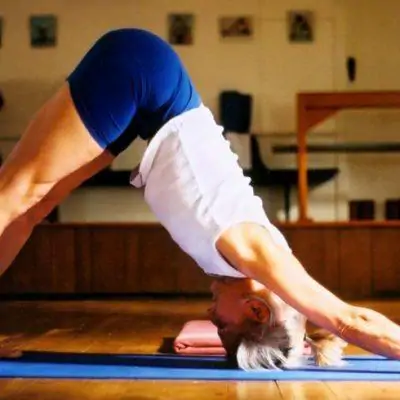Introduction
This session focuses on paying close attention to the groin and leg actions which help to support the spine in its lengthening and forward movement. There are some basic principles that run though all the sitting and forward bending postures. If we maintain that focus, the poses feel both integrated and free at the same time.
Start in Supta Virasana, and then come up and go forward. It’s useful to begin to observe what feedback our bodies give from the very start, where the stiffness is, where the attention is lacking. It is mainly the brain that first needs to become alert, so that we can see what is needed.
Uttanasana will give a good idea of how the legs are “behaving” today. Bring your attention to the back of the legs, and keep the front thigh creases deep as you go forward. Maintain that as you step into Adho Mukha Svanasana.
Come up to Tadasana, and then step from Uttanasana, to Adho Mukha Svanasana and back to Uttanasana and Tadasana a few times. Then from Adho Mukha Svanasana move into Parsvottanasana, and finally into Prasarita Padottanasana, the whole time observing the depth of the front groins and bringing openness to the back of the thighs evenly.
Adho Mukha Vrksasana to the wall, and then try Pincha Mayurasana free balancing to see how much focus is required when we need to balance, and how working with balance brings focus.
Set up for Sirsasasana, and bring one leg at a time up for Eka Pada Sirsasana. Then go up to Sirsasana, at the end coming to Eka Pada Sirsasana and Baddha Konasana in Sirsasana.
Next we will bring more attention to the groins and legs through Supta Padangusthasana 1, 2, 3 and 4. Observe those same points when doing Urdhva Prasarita Padasana with the legs against the wall, and then keep the groins open in Baddha Konasana and Upavistha Konasana to the wall.
Come to Dandasana, keeping those same areas active in sitting up in Baddha Konasana and the Upavistha Konasana. Can you hold that attention as you go fully forward from there?
What challenges do the next poses bring when aiming to maintain good groin and thigh opening? Janu Sirsasana, Ardha Baddha Padma Paschimottanasana, Triangmukhaikapada Paschimottanasana, Krounchasana, Paschimottanasana, the same principles in the different asana.
Marichyasana 3 and Ardha Matsyendrasana both need the groins to be soft and down to facilitate lift in the spine to twist more deeply.
Finish the session with Sarvangasana, Halasana and Eka Pada Sarvangasana, simple cross-legs forward and Savasana. Use all your blankets to place over the top of the thighs to bring fuller restfulness to the legs and nerves.
View sequence
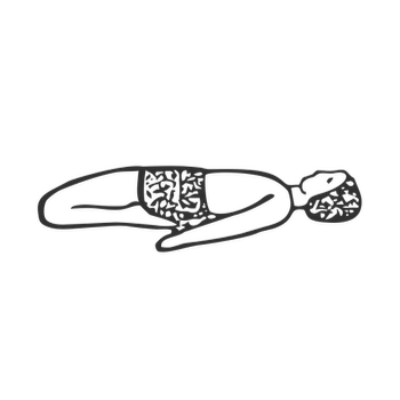
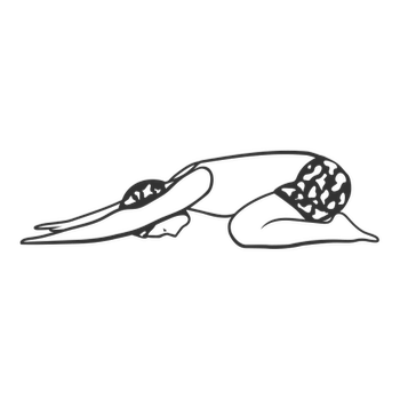
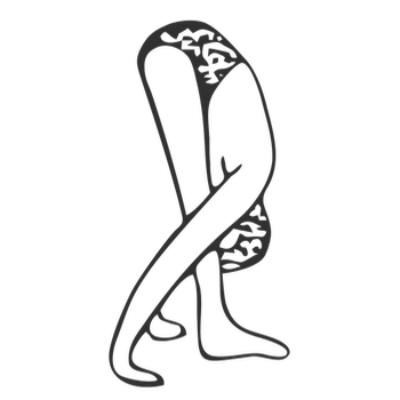
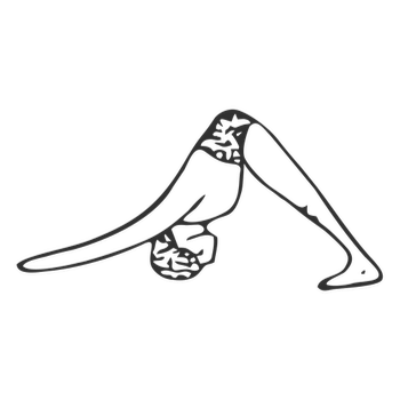


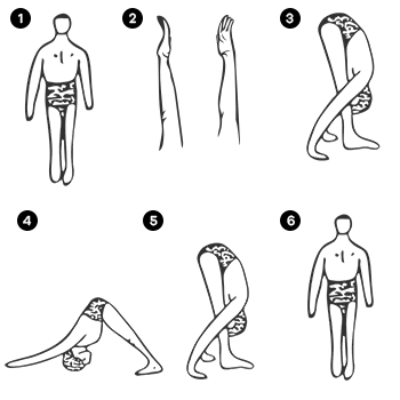

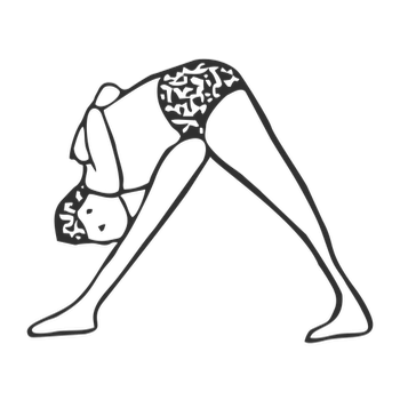
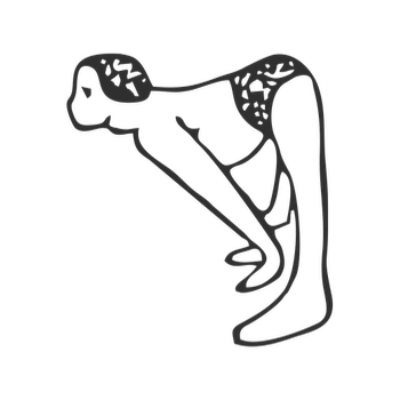
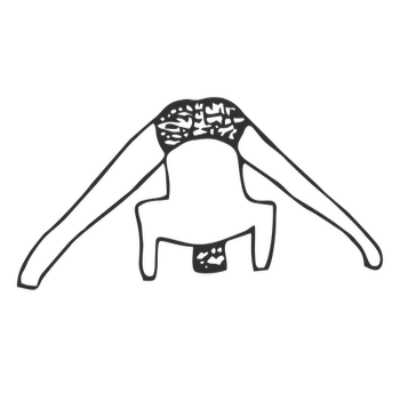
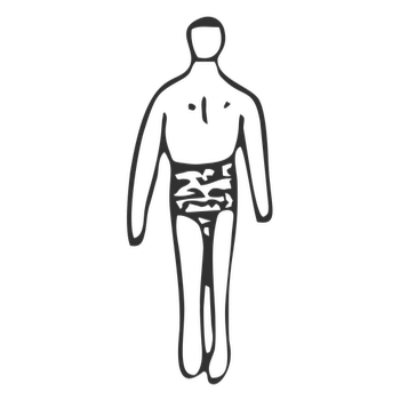
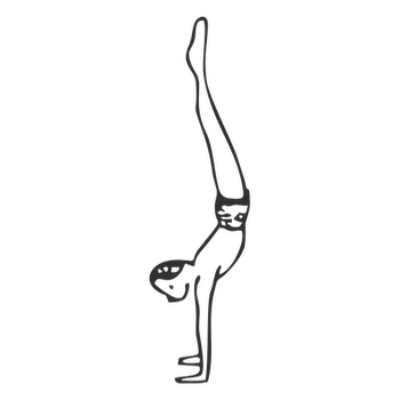

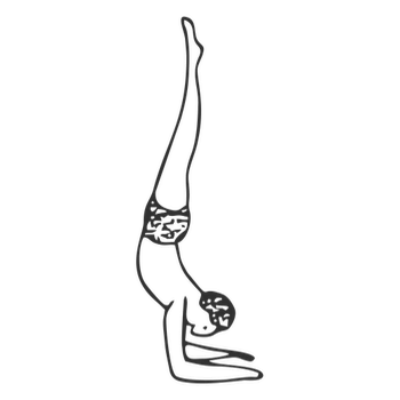

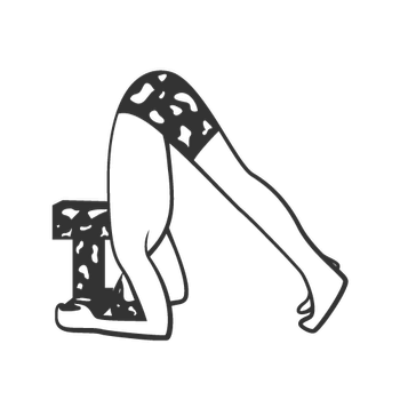
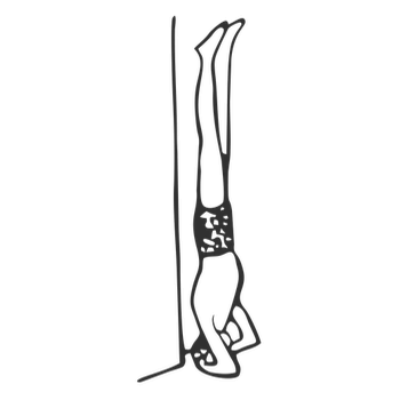


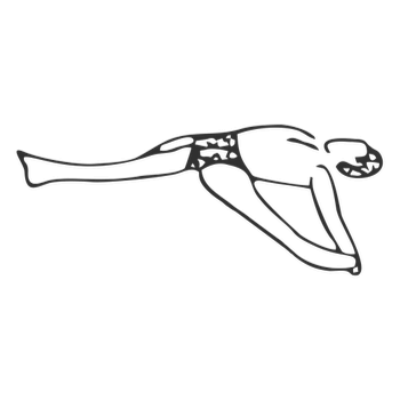

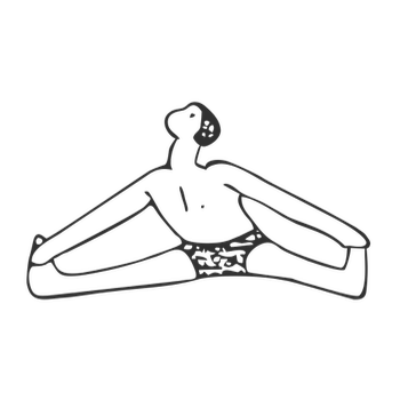
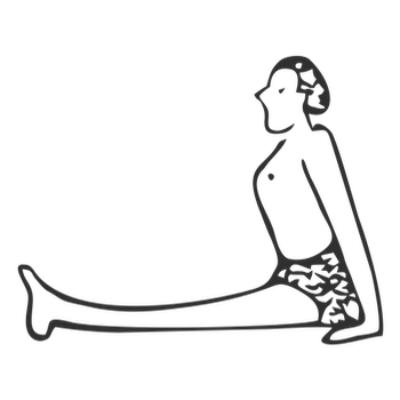
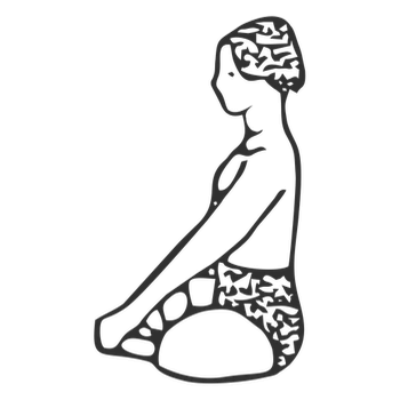
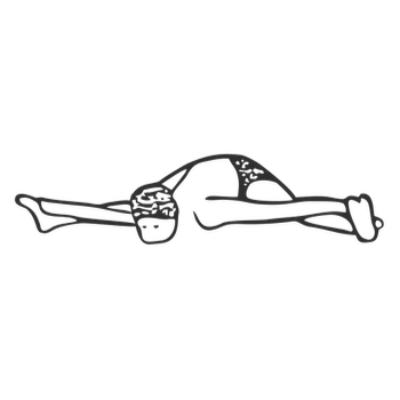

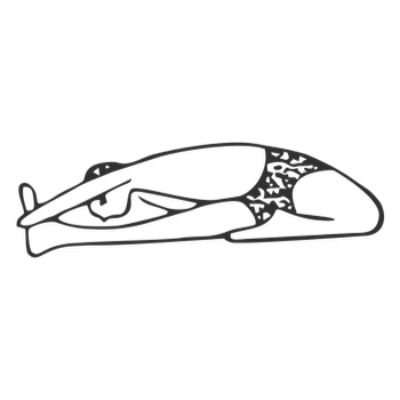

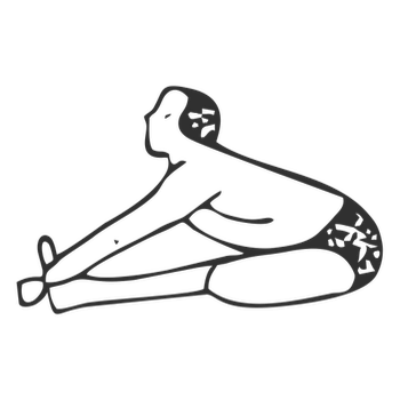

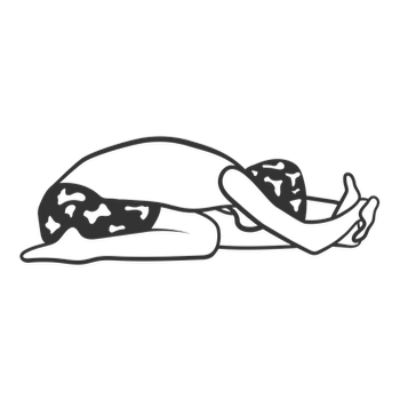
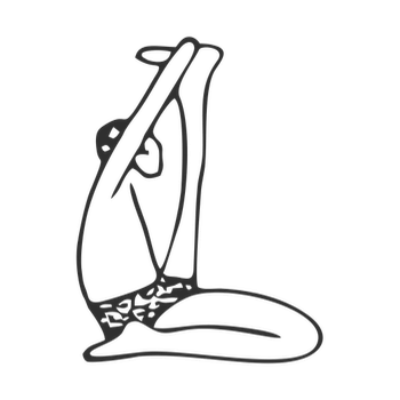

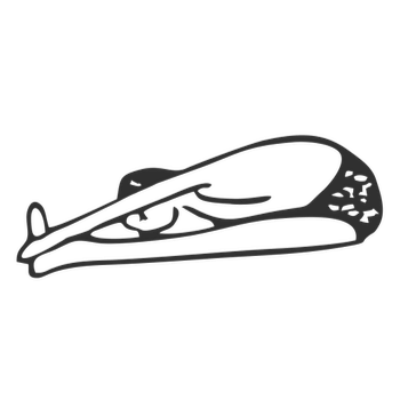
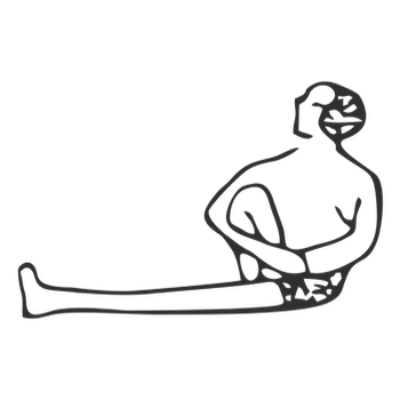
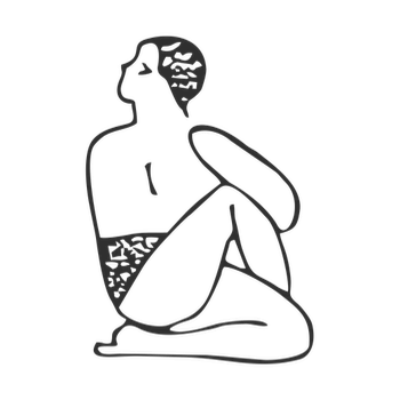

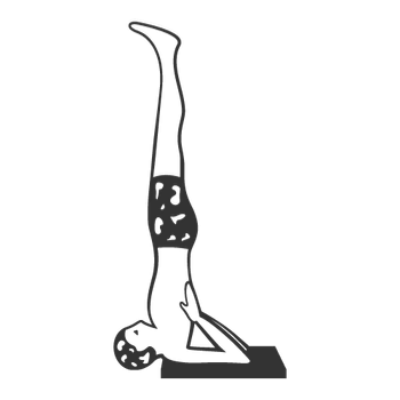
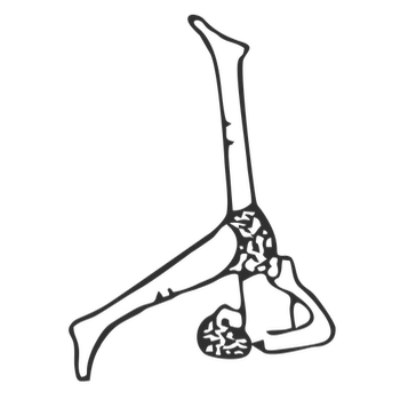
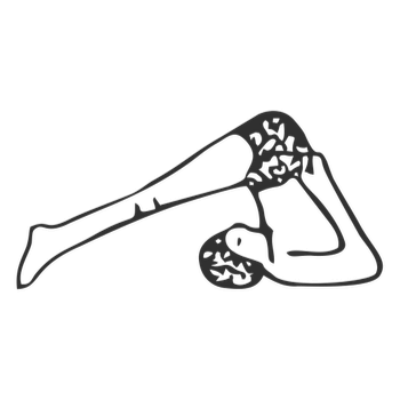
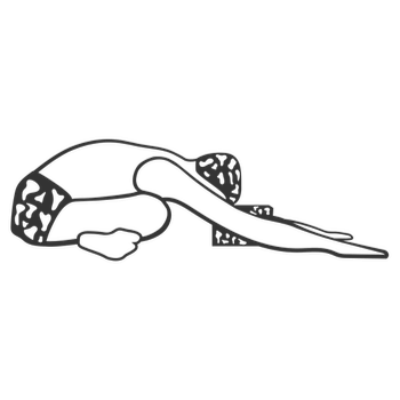
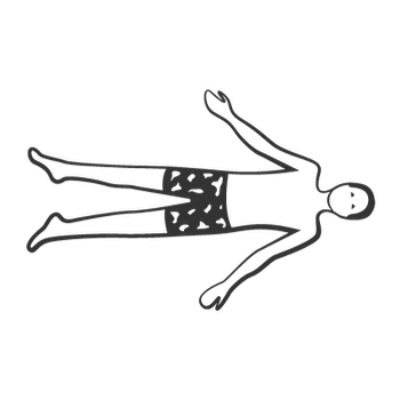
Share
Save PDF and print
You are welcome to download the PDF of the sequence and print and distribute it freely. You may have to wait up to 30 seconds for the PDF to generate. Please credit the teacher who created it. All illustrations from Dona Holleman’s ‘Yoga Darśana’, RIMYI Institute texts and Yoga Vastu illustrators for original asana drawings.
